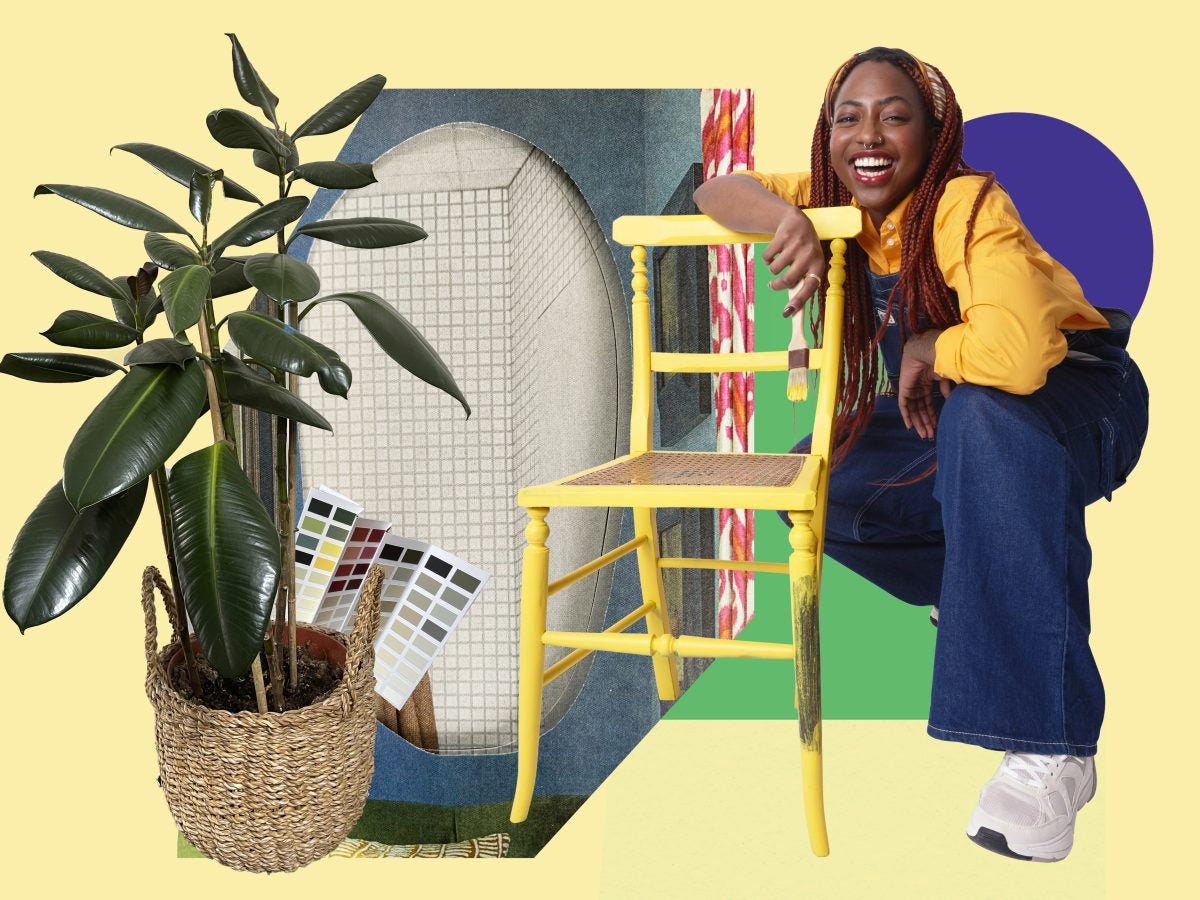
Summer entertaining went to the next level with a new design trend – creating a room outside. This trend fabulously toes the line between indoor-outdoor living and provides a creative way to cultivate a restful environment, especially for the warm summer months. Creating moments throughout your home that inspire functionality and style doesn’t have to be difficult. As a pro-tip, think of dividing outdoor spaces, or your yard, into several sections for different activities or purposes, such as outdoor entertaining or an area for community members to convene or play.
Many interior designers and architects have explored integrating indoor-outdoor design techniques seamlessly due to the pandemic when your backyard or outdoor balcony is the only means to escape or vacation. Subtle details like floor-to-ceiling windows or leveraging patio furniture are proven elements for homeowners and renters alike to experience relief and peace. Now experts focus on outdoor-indoor living, intending to invite nature inside your home instead of the opposite.
Designers prioritize using traditional outdoor finishes, like stone, slate, and wood, to complement the interior space. Still, others are creating rooms outdoors that mirror the connection between our daily indoor life to the surrounding nature. Experts are focusing on creating rooms outside, similar to interior spaces. A way to do so is by applying decor and furniture that include sofas, rugs, side tables, and lanterns, not relying solely on patio furniture to curate a space. The focus of the outdoor room is a garden, water, or firepit, centering a space for people to share in rich conversation, as they would in their indoor living room. For additional flare and character, some designers add actual works of art that one may find in their hallways or bedrooms. The purpose of an outdoor room or space is to model flexibility and communion for large crowds or intimate ones, perfect for the summer months.
As designers are tasked with continuing to think outside the box, they are beginning to curate spaces outdoors to have them be an extension of the home for specific use. Whether it’s a kitchen, gym, living room, or office, the outdoor space can serve a purposeful function outside of simply sitting outside. Although it may seem daunting to design an outdoor functional space, it’s easier than it used to be, thanks to innovative and durable fabrics that can withstand multiple elements. Think luscious outdoor velvets, and linenlike materials, that feel like they should be indoors instead of outdoors.
If you’re worried about outdoor space beyond the summertime, try incorporating a modern heating system that you can hide away under pergolas or fire bowls. You may want to invest in an underfloor radiant heating system. When thinking of lighting, go grand – think of luxurious lighting systems or fixtures like scones, pendants, chandeliers, and accent lights that can be hidden in planters. Aim to create a mood with lighting by shying away from flood lamps or fluorescent lights.
Lastly, an outdoor space should have structure, and to achieve that is to have a select architecture, given the absence of walls and ceilings. When designing your outdoor space, prioritize structure and boundaries; it’s not just about placing outdoor furniture in an area; it’s about texture, framed views, and level the space.
Happy designing!
